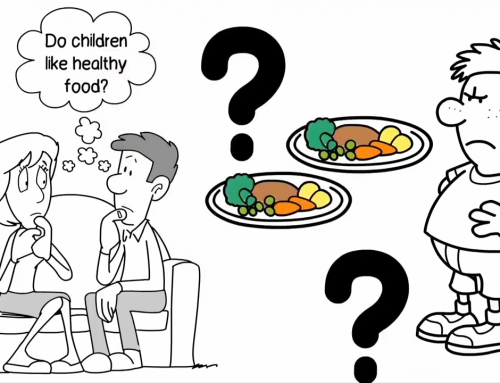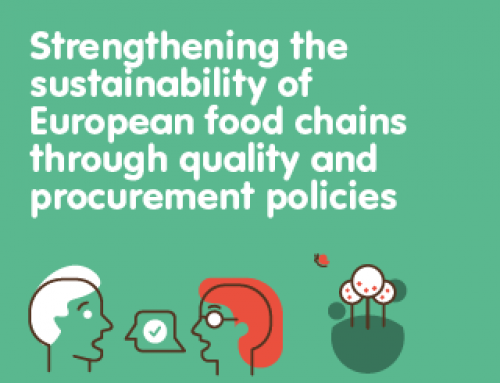Responsible Partner: UMIL
Authors: D. Curzi, C. Falco, V. Raimondi, A. Olper
Date of Publication: February 2018
The objective of this work is to provide an empirical assessment of the effect exerted by the diffusion of EU Geographical Indications (GIs) on the quality of exported agri-food products from non-EU countries to the EU. Product quality has been estimated using trade data, by relying on the methodology developed by Khandelwal, Schott and Wei (2013), which is based on the following straightforward presumption: after controlling for price, products exported in higher quantity are assigned higher quality. This methodology allows for the splitting of the export price (expressed as unit value) into its quality and quality-adjusted price components. From this perspective, our analysis allows for the empirical assessment as to what extent the diffusion of EU GIs affect differently the quality of the exported products and their pure price component. Our results show that, on average, the diffusion of EU GIs leads to a reduction of prices of exported agri-food products from non-EU countries to the EU. In particular, the price effect seems to dominate the quality effect, as the pure price component seems to be more affected than the quality one. These results thus suggest that, on average, non-EU countries, when exporting in categories where EU GIs proliferate, are more likely to opt for a price competition strategy, rather than a quality competition strategy. This is because non-EU countries, targeting exports in categories where the presence of GIs set high quality standards, in order to be competitive can either decide to upgrade the quality of their exports (and thus compete on the quality level), or they can decide to export low price and, thus low quality products, hence competing on price. Our results suggest that the latter strategy seems to prevail.
We also empirically assess whether the estimated effect is heterogeneous across countries. Our evidence suggests that the negative price-quality effect is particularly relevant for more developed countries (i.e. OECD countries) than for less-developed ones (i.e. non-OECD). This result is probably due to the fact that non-OECD countries, exporting on average lower quality products, already compete on price, while developed countries seem to react to the diffusion of EU GIs by deciding to adopt a price competition strategy, and thus opting for a sharp decrease in the price and quality of their exported agri-food products. Our results also show that countries recognizing the EU’s GI policy and/or producing GI products according to their own policy, do not show, on average, any significant variation in their quality or price export strategy. This is probably because a mutual recognition of the GI policy facilitates bilateral trade relationships, in a way that a further diffusion of EU GIs does not significantly affect export strategy in these non-EU countries.
Overall, our findings suggest that EU quality policy, by setting high quality standards, seems to put downward pressure on the quality of exports from non-EU countries seeking to export in these sectors where GIs are present, as they opt for price-based competition rather than to compete on quality. Our results thus suggest that unless non-EU countries do not establish their own quality policy, the increasing number of EU GIs will lead them to compete progressively more on the basis of price. From this perspective, EU consumers will increasingly considers products coming from non-EU countries as a cheaper and low-quality alternative to EU-produced, high-quality products.






